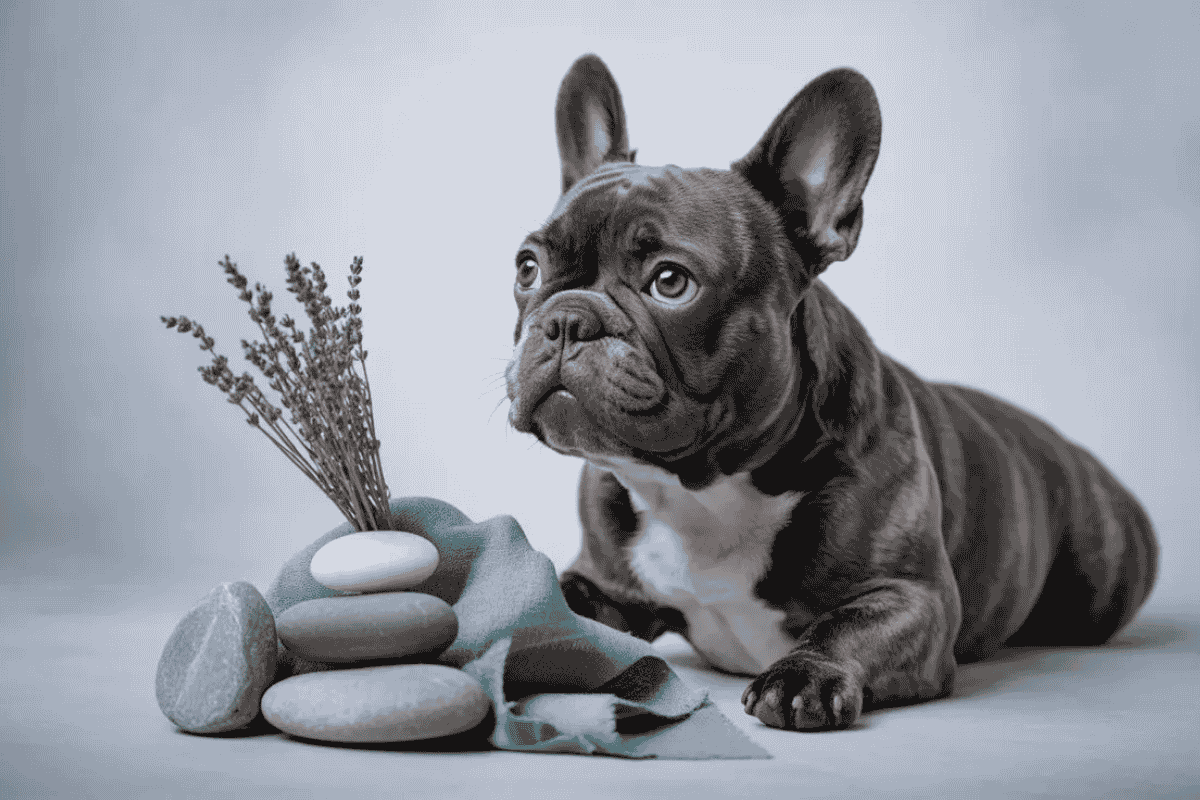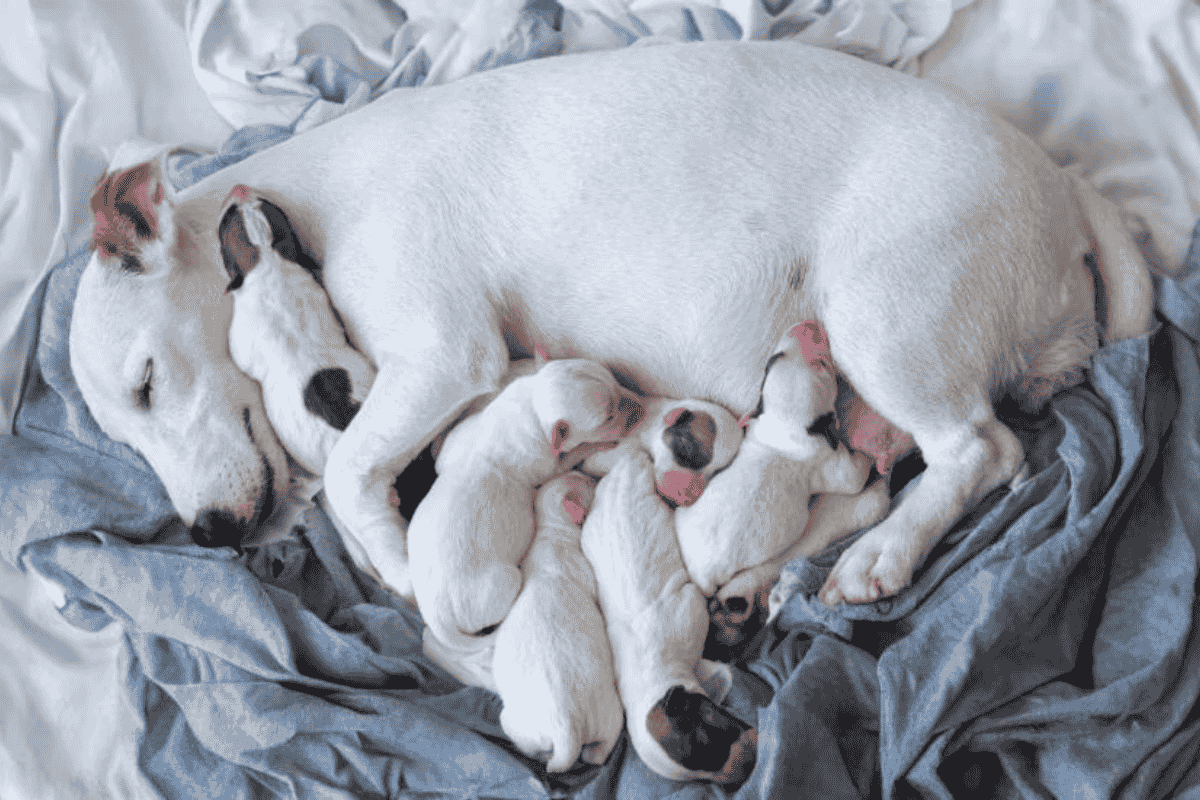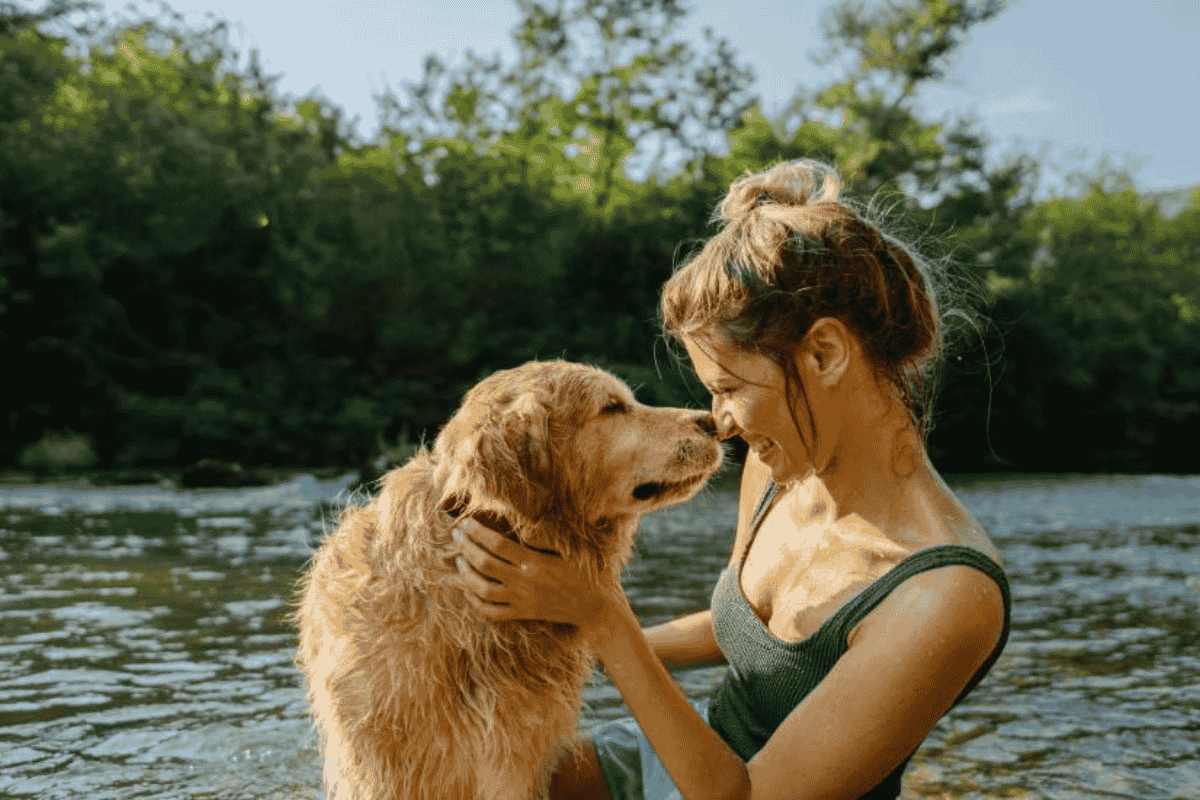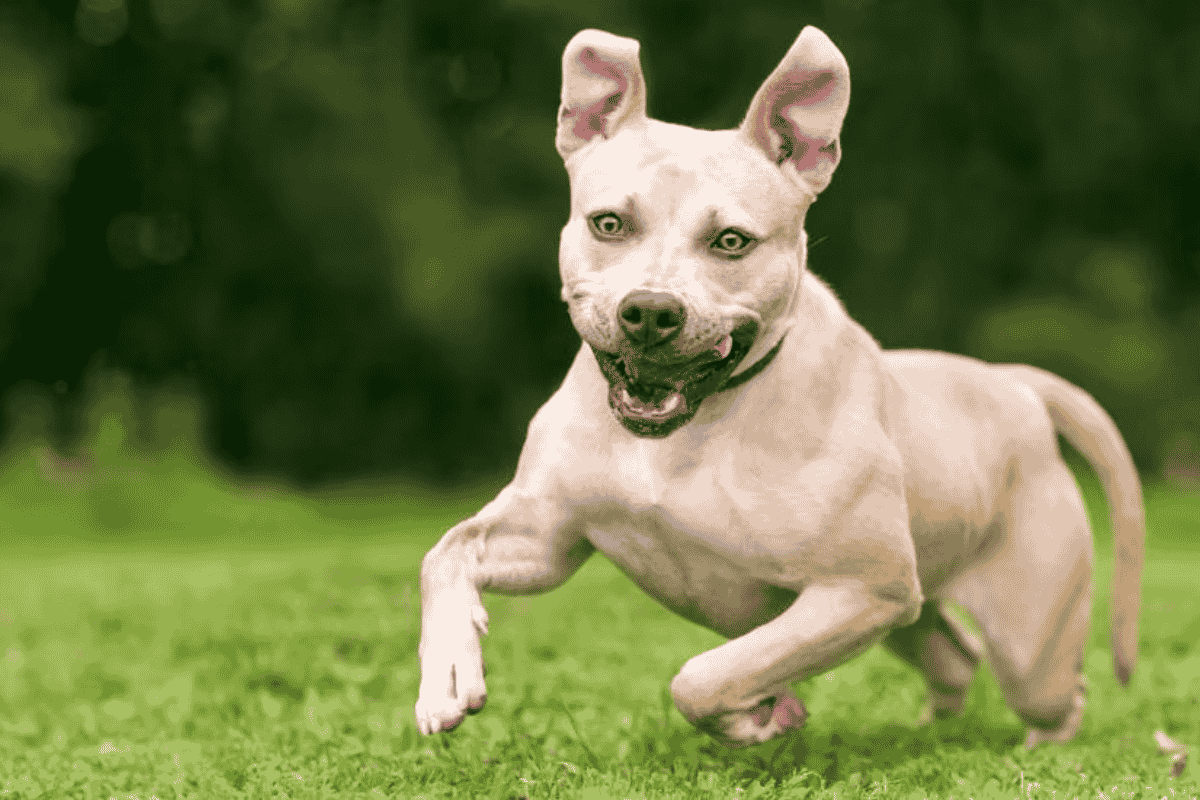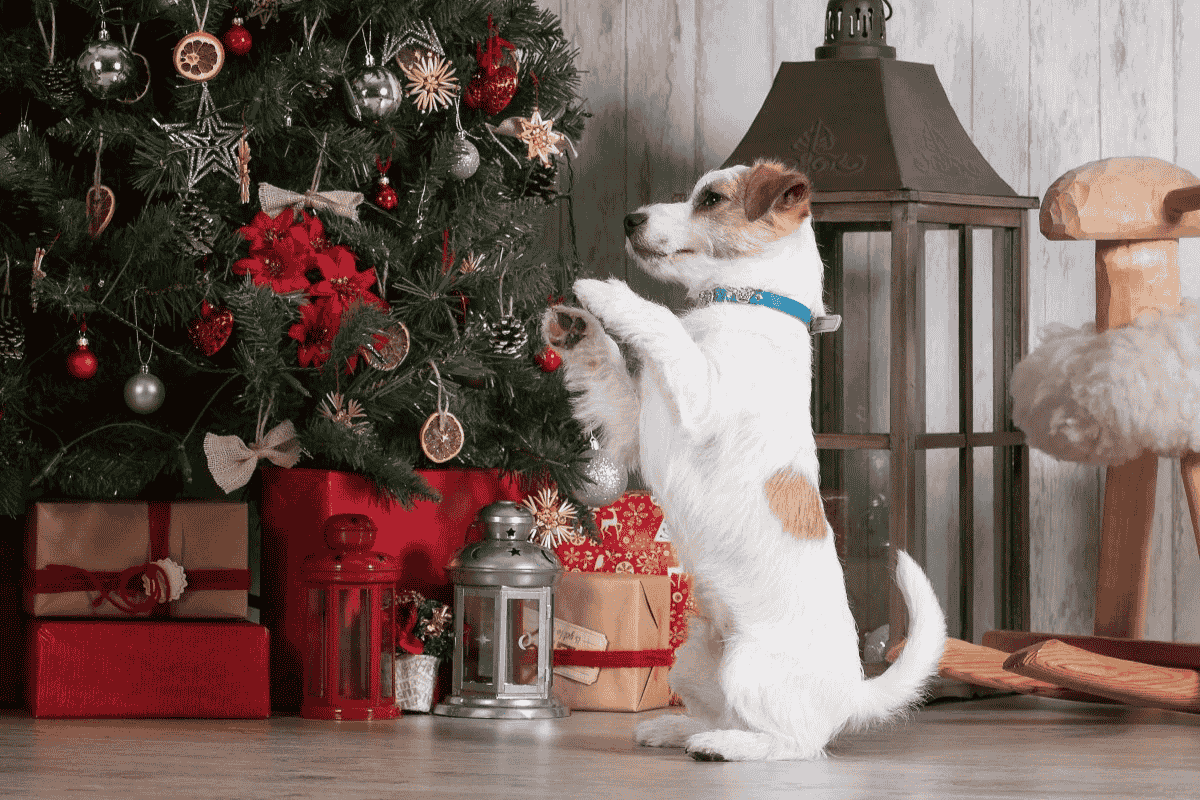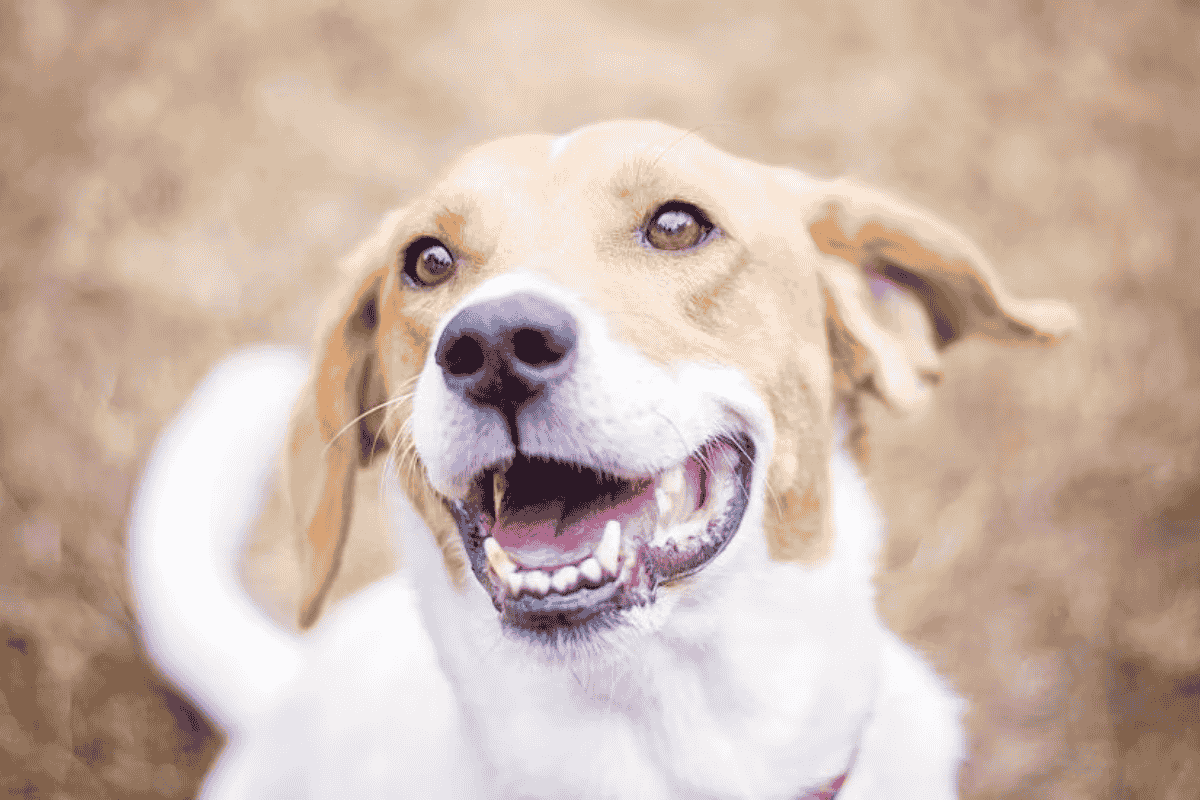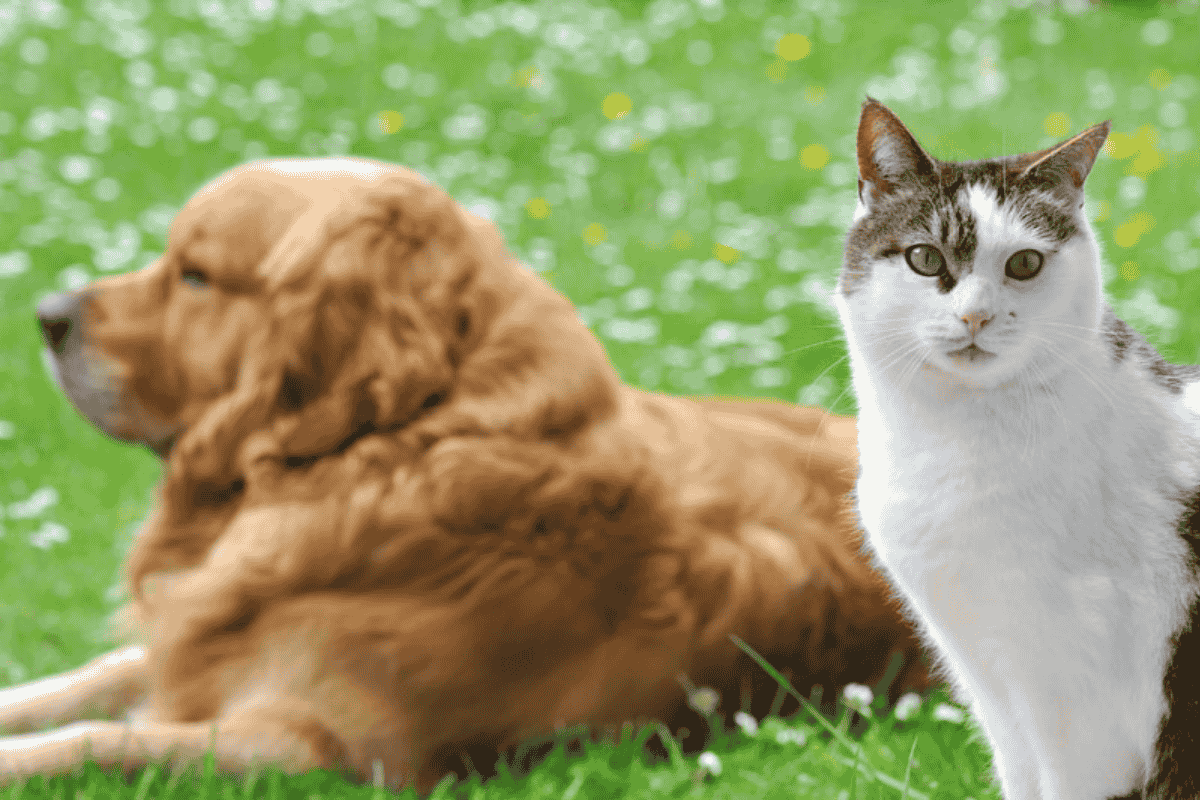Pica is a fairly common disorder in dogs, characterized by the ingestion of non-food items such as rocks, dirt, or fabric. While curiosity-driven chewing is normal in some cases, pica goes beyond that and can lead to serious health risks if untreated.
What Causes Pica in Dogs?
Pinpointing the exact cause of pica can be challenging, but several medical and behavioral factors are commonly associated with it:
- Medical conditions: Gastrointestinal disease, anemia, liver disease, pancreatic disease, and diabetes.
- Neurologic disorders: Issues affecting brain function can sometimes drive abnormal eating behaviors.
- Medication side effects: Prednisone and other drugs may increase appetite.
- Dietary issues: Poor nutrition or deficiencies.
- Behavioral and environmental causes: Anxiety, stress, or lack of stimulation.
- Normal exploration gone wrong: Some dogs engage in inappropriate chewing and swallowing as part of their natural curiosity.
Assessing a dog’s daily routine, environment, and overall lifestyle is crucial. Inadequate exercise, lack of toys, or stressful conditions can all contribute to the problem.
How Do I Know If My Dog Has Pica?
If you suspect your dog has pica, a thorough veterinary evaluation is essential.
- Medical work-up: A complete physical exam, fecal testing for parasites, and blood work to check for anemia, diabetes, liver, or pancreatic disease.
- Specialized tests: Folate and cobalamin levels, TLI (trypsin-like immunoreactivity) for pancreatic function.
- Imaging: X-rays may be needed to rule out gastrointestinal obstruction or other complications.
If abnormalities are detected, treatment should target the underlying medical issue.
Canine Anxiety and Pica
When medical issues are ruled out, behavioral factors such as anxiety are often the cause. Consulting with a veterinary behaviorist is ideal, but general veterinarians and trainers can also help.
Steps to Manage Anxiety-Driven Pica:
- Ensure a high-quality diet and proper nutrition.
- Provide regular exercise and mental stimulation (walks, interactive toys, training activities).
- Restrict access to inappropriate items or use tools like a basket muzzle when necessary.
- Reduce environmental stressors (e.g., loud noises, stressful situations).
- Maintain a consistent routine for feeding, walks, and playtime.
- Never punish the dog for eating non-food items, as this may increase anxiety.
In some cases, medications prescribed by a veterinarian may be beneficial, but they should be combined with lifestyle and behavioral adjustments.
Why Managing Pica Matters
Unchecked pica can cause:
- Damage to belongings
- Dental injuries
- Serious medical emergencies (obstructions, poisoning, or internal injuries)
With patience, veterinary guidance, and consistent management, pica can often be reduced or eliminated. Working closely with your vet ensures your dog’s health and safety.
